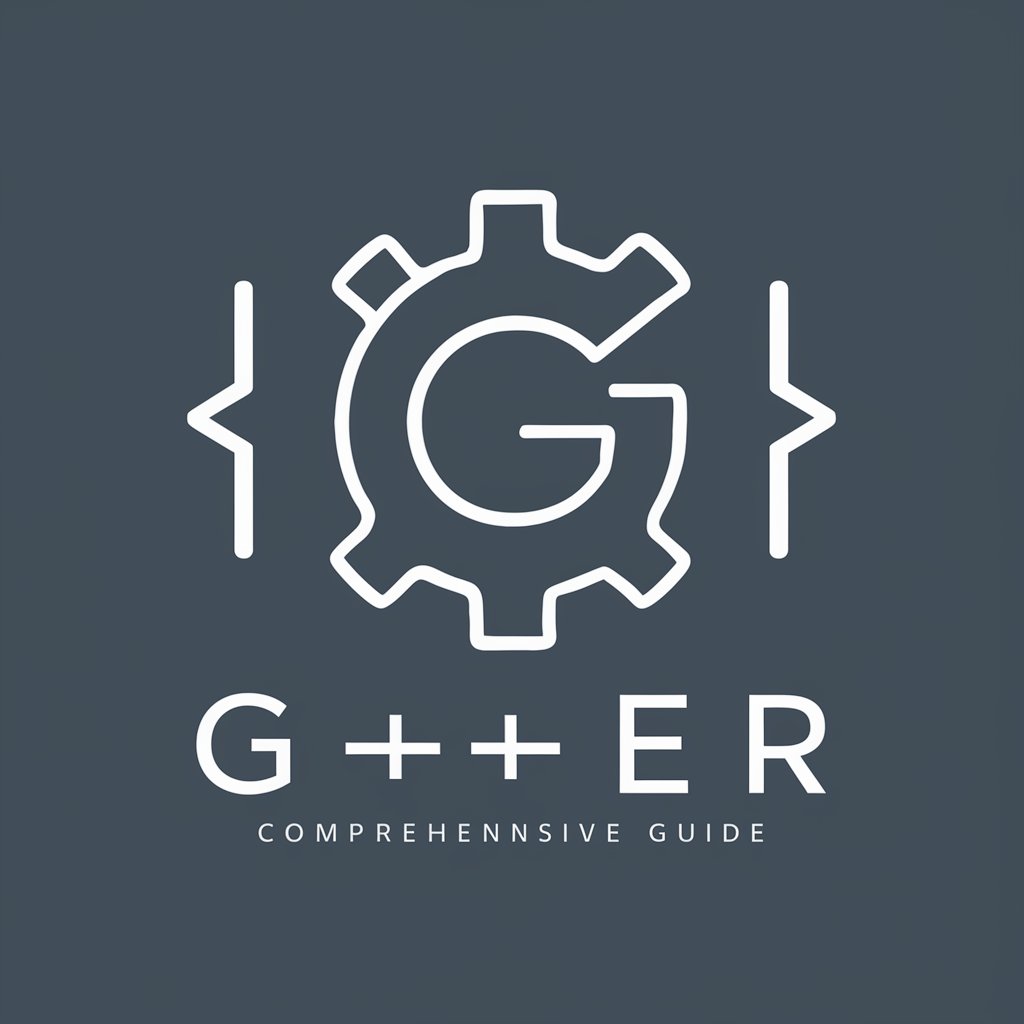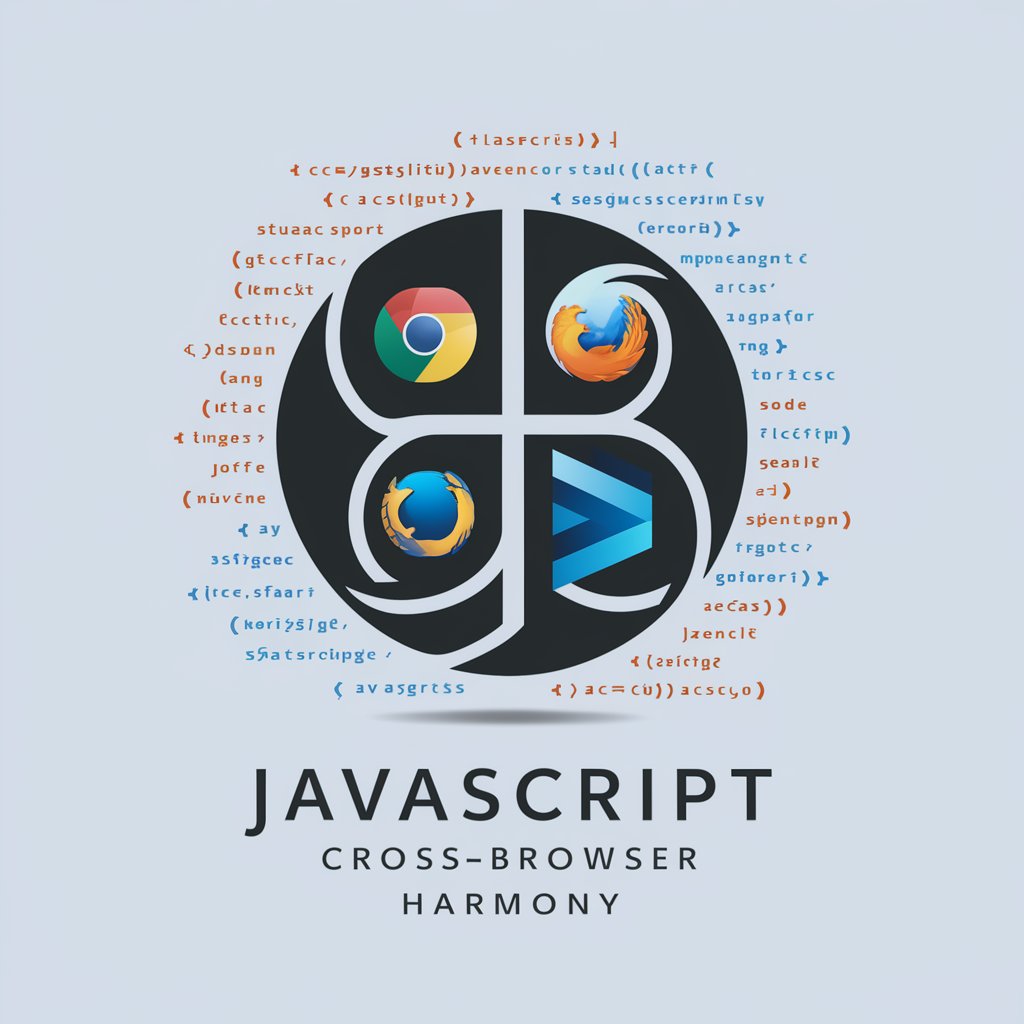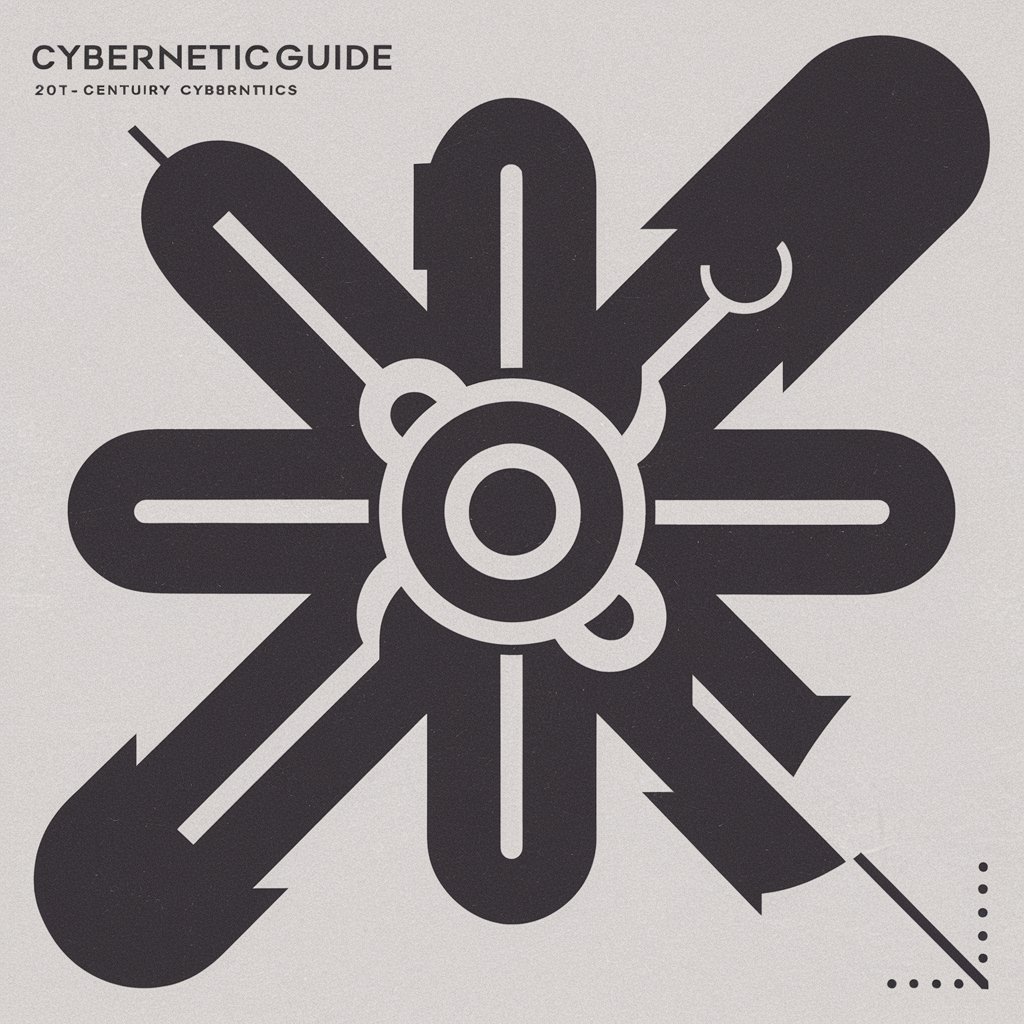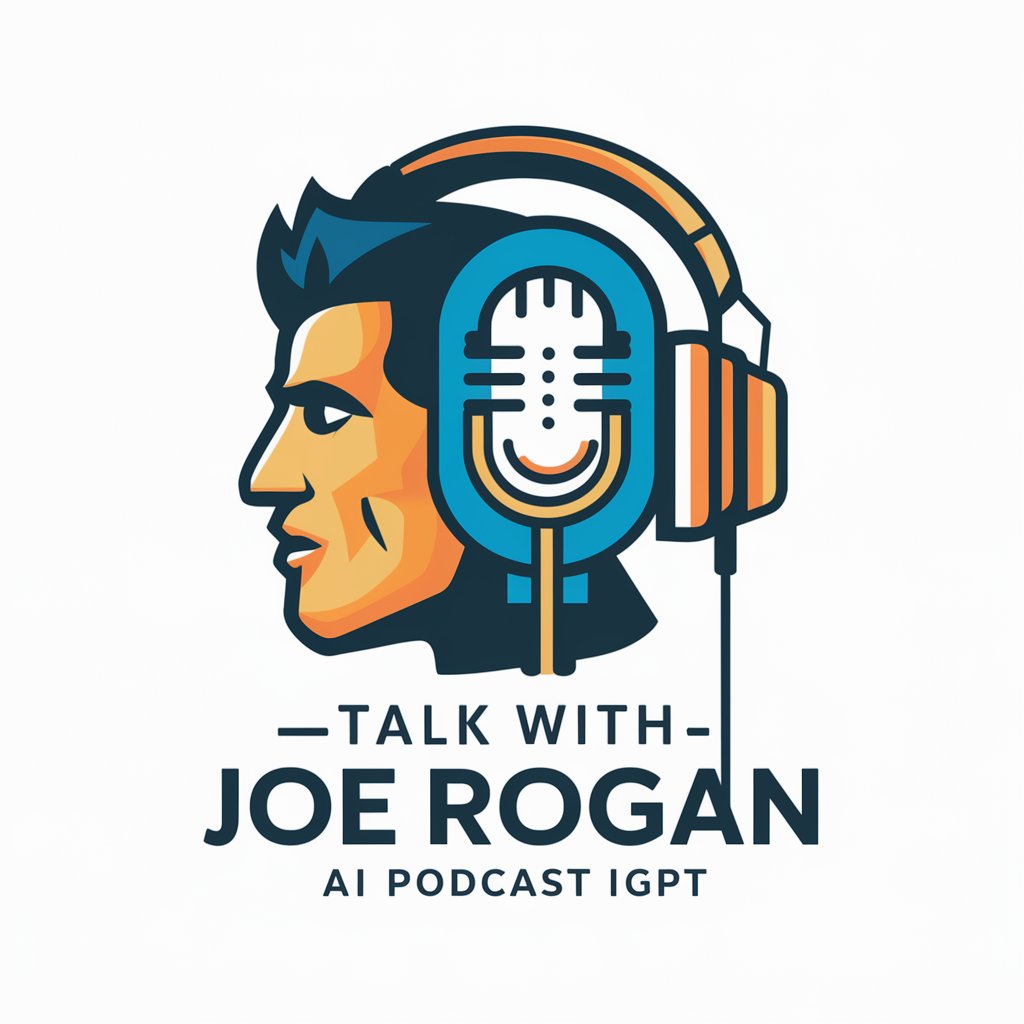Crafting Compact IoT Solutions with C - C Code Optimization for IoT

Welcome! Let's create efficient IoT solutions together.
Crafting efficient IoT solutions with AI-powered C programming insights.
How can I optimize C code for a low-power microcontroller?
What are the best practices for integrating sensors in IoT devices?
Can you provide tips for minimizing power consumption in embedded systems?
What are some effective strategies for memory management in IoT projects?
Get Embed Code
Crafting Compact IoT Solutions with C
Crafting Compact IoT Solutions with C is focused on designing and implementing Internet of Things (IoT) devices that are efficient, reliable, and scalable while being constrained by the limited resources typical of embedded systems. This involves writing optimized C code for microcontrollers to ensure minimal power consumption and efficient use of memory and processing power. The design purpose is to leverage the C programming language's capabilities to produce compact code that can run on low-power devices, enabling them to perform tasks like data collection, processing, and communication with other devices or servers. Examples include smart sensors for environmental monitoring that collect data on temperature, humidity, and air quality, and then send this information to a central server for analysis. Another scenario could involve wearable health devices that monitor vital signs and use Bluetooth Low Energy (BLE) to communicate with a smartphone app. Powered by ChatGPT-4o。

Functions of Crafting Compact IoT Solutions with C
Optimized Resource Use
Example
Developing a firmware for a smart thermostat that operates on a small battery for months without a recharge.
Scenario
In this scenario, the optimized C code minimizes the power consumption by carefully managing the device's sleep and active cycles, and efficiently processing sensor data to maintain accuracy while conserving energy.
Connectivity and Communication
Example
Creating a mesh network of IoT devices for a smart home system.
Scenario
This involves writing C code that facilitates the reliable exchange of data between devices over protocols like Zigbee or Wi-Fi, ensuring devices can communicate effectively with minimal power usage and bandwidth.
Sensor Integration and Data Processing
Example
Implementing a water quality monitoring system with sensors to detect various chemical levels.
Scenario
The system uses C code to integrate multiple sensors, efficiently process the collected data to determine water quality, and send alerts or updates to users or systems as necessary.
Security and Data Protection
Example
Securing communication between IoT devices in an industrial automation setup.
Scenario
This function involves implementing encryption and secure authentication methods in C, ensuring that data exchanged between devices and control systems is protected against unauthorized access.
Ideal Users of Crafting Compact IoT Solutions with C
Embedded Systems Engineers
Professionals who design and develop embedded systems and have a solid understanding of microcontroller architecture, power consumption, and memory management. They benefit from using these services to create efficient and reliable IoT solutions.
IoT Product Developers
Individuals or teams involved in developing IoT products for consumer or industrial applications. They benefit from compact, efficient code that can be easily scaled and adapted to different products and use cases.
Educators and Students
Academic professionals and students studying computer science, electrical engineering, or related fields, who are interested in learning about or teaching IoT development practices. These services provide practical examples and challenges that enhance learning and understanding of embedded systems programming.
DIY Enthusiasts and Makers
Hobbyists who work on personal projects involving microcontrollers and IoT devices. They benefit from learning to write optimized code that can be used in a variety of projects, including home automation, wearable devices, and environmental monitoring systems.

Using Crafting Compact IoT Solutions with C
Start with a Free Trial
Access a free trial by visiting a dedicated platform, without the need for registration or a ChatGPT Plus subscription.
Understand Your Hardware
Familiarize yourself with the microcontroller or IoT device you're using, including its memory constraints, power consumption, and connectivity options.
Learn C Programming for Embedded Systems
Ensure you have a solid understanding of C programming in the context of embedded systems, focusing on memory management, low-level hardware access, and optimization techniques.
Design Your Solution
Plan your IoT solution by identifying the problem it solves, the sensors and actuators involved, and how it communicates with other systems or the internet.
Implement and Optimize
Write efficient, maintainable C code. Test your solution thoroughly, optimizing for size and power consumption, and iterate based on real-world feedback.
Try other advanced and practical GPTs
Prompt Genius
Elevate ChatGPT with Tailored Prompts

👨💻 C++ Compilation with g++
Effortless C++ compilation with AI insights.

Middle Ground
Discover Unseen Connections, Powered by AI

The Symbiosis of AI and Human Intuition
Empowering Decisions with AI-Driven Intuition

Party Talk Creator
Crafting Authentic In-game Conversations

Anxiety Ease Wizard - AI
Transform anxiety into calmness with AI-powered empathy.

C# Code Conquest
Empower your C# journey with AI

Uplifting Sidekick
Empathetic AI for Emotional Well-being

JavaScript Cross-Browser Harmony
Harmonize web experiences across browsers with AI.

EYE SEE THEM
Unleash Your Creative Potential with AI

cyberneticGUIDE
Visualize Complex Systems with AI

Talk with Joe Rogan
Engage with Joe Rogan's AI-powered persona

Q&A on Crafting Compact IoT Solutions with C
What are the key considerations for writing efficient C code for IoT devices?
Efficient C code for IoT devices focuses on optimizing memory usage, minimizing power consumption, and ensuring the code is scalable and maintainable. This includes using memory-efficient data structures, leveraging low-power operation modes of microcontrollers, and writing clean, reusable code.
How can I minimize power consumption in my IoT device?
Minimize power consumption by optimizing code for efficiency, using sleep modes effectively, choosing low-power hardware components, and managing sensor operation and data transmission wisely. Also, consider duty cycling and energy harvesting techniques if applicable.
What are the best practices for memory management in embedded C programming?
Avoid dynamic memory allocation where possible, prefer static allocation, use memory pools, and leverage efficient data structures. Regularly review your memory usage at runtime and during development to identify and fix leaks or overuse.
How do I choose the right connectivity protocol for my IoT project?
The choice depends on factors like power consumption, range, bandwidth, and the nature of the data being transmitted. Common protocols include Wi-Fi, Bluetooth Low Energy (BLE), Zigbee, and LoRaWAN. Consider the trade-offs between range, data rate, and energy efficiency.
Can you suggest any tools or resources for debugging and optimizing IoT applications?
Use debugging tools such as GDB for embedded systems, and hardware debugging tools like JTAG or SWD interfaces. For optimization, consider static code analysis tools, power profiling tools, and simulators or emulators to understand the behavior of your application without physical hardware.
